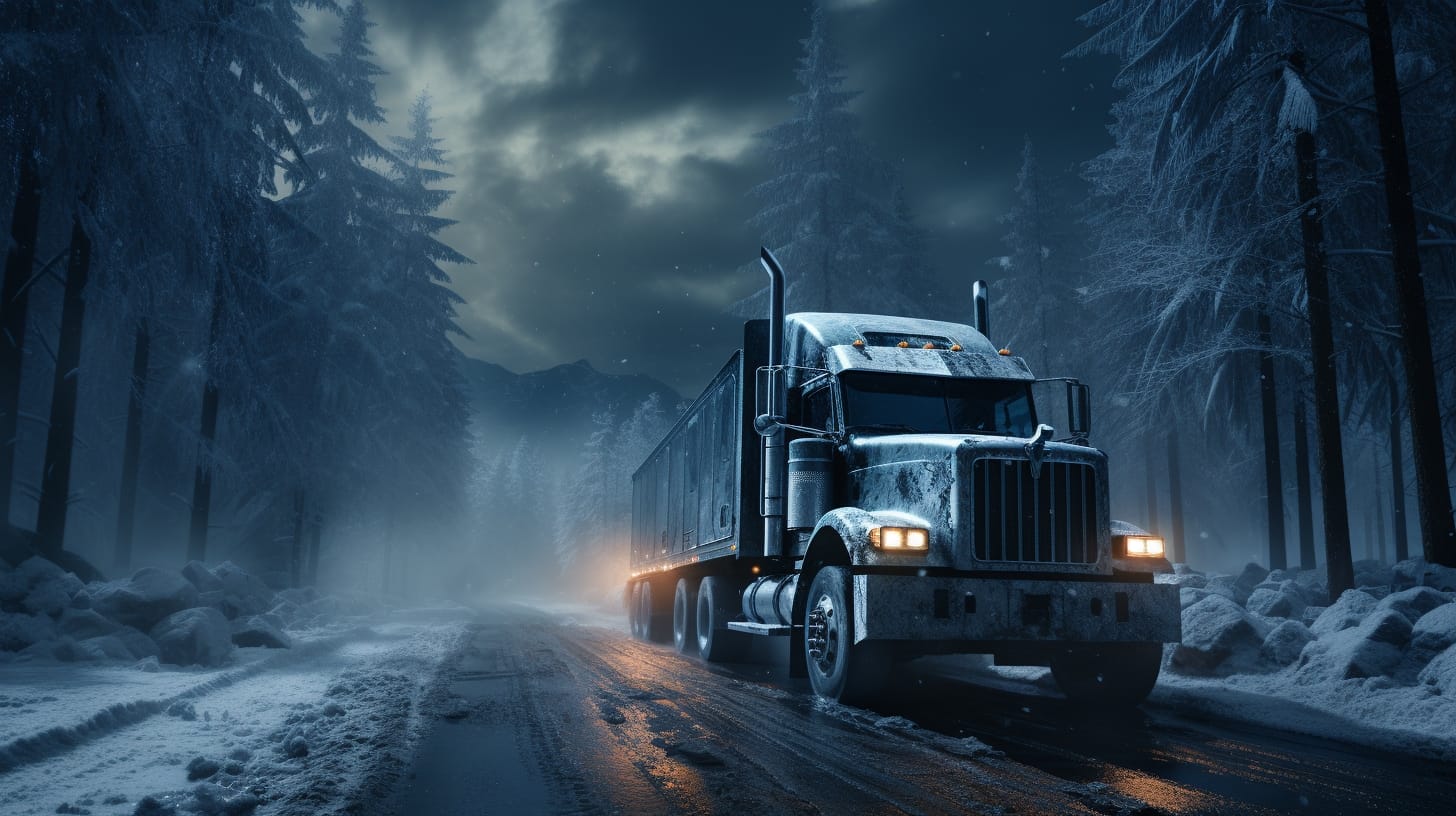Every year the National Oceanic and Atmospheric Administration (NOAA) releases a U.S. winter outlook that will give its readers an idea of what the upcoming winter will look like. According to this report, La Niña will return for the third consecutive winter, bringing with it warmer-than-average temperatures for a majority of the United States. Aside from the warmer temperatures, it also predicts drier conditions across the South coupled with wetter-than-average conditions for the Ohio Valley, Great Lakes, northern Rockies, and Pacific Northwest. Finally, it also notes the extreme drought persists across the West, the Great Basin, and the central to southern Great Plains, and it is expected to extend to the middle and lower Mississippi Valley over the course of this winter. These predictions will make an impact on truck drivers throughout the nation, and it is important to be prepared if you are traveling through these areas.

This forecast will have the largest impact on areas that are used to having normal winter conditions, and will instead experience something other than their normal. An example of this would be the warmer and wetter than normal conditions in western Alaska, which typically undergoes hard-freeze conditions which helps preserve the conditions of the ice roads providing access to the remote areas not typically having access to trucking. It should be noted that the warmer-than-average temperatures are to be expected in the Southeastern U.S. and along the Atlantic coast.
Based on this report, some areas will be experiencing some below normal temperatures, so it is important for truck drivers to have a clear understanding of emergency procedures, and be prepared with the necessary equipment and emergency provisions to sustain them should they get stuck on the road. The emergency equipment and provisions may include, but are not limited to: tire chains, water and food for 72 hours, batteries, flashlights, extra clothing, any necessary medications, and sturdy footwear. It is expected for below-normal temperatures to be in the Pacific Northwest to the western Great Lakes and the Alaskan Panhandle.

This is an area that some people may not realize could have an impact on the trucking industry. The drought extending across the Plains and the Mississippi Valley will impact barge and water transportation on the Mississippi River, making an impact on the trucks that carry the goods after they have exited the river. The low water levels will keep the traffic slow moving, and in some cases stopped altogether, which results in longer transit times. It is important for the hauling companies to plan for delays when promising the delivery of goods to its consumers so the consumers are not upset when a delay occurs.

Driving in the Winter time is hard for anyone, and for those driving a large truck with a heavy load, it can be even harder. It is important for drivers to understand that the upcoming Winter could change how some areas are normally impacted, and could therefore change how a person may drive it. Because of this anticipated change, it is important for drivers to understand the emergency procedures for their truck, have enough provisions when driving in precarious conditions, and to prepare for longer transit times depending on the type of haul and weather conditions. It is also important to stay up to date with the current weather outlooks, and the next update will be on November 17th through the NOAA’s Climate Prediction center.
SAC will get your vehicle moved rain or shine. Make sure to give us a call at (866) 821-4555 to find out the shipping prices to get your car moved this winter.




